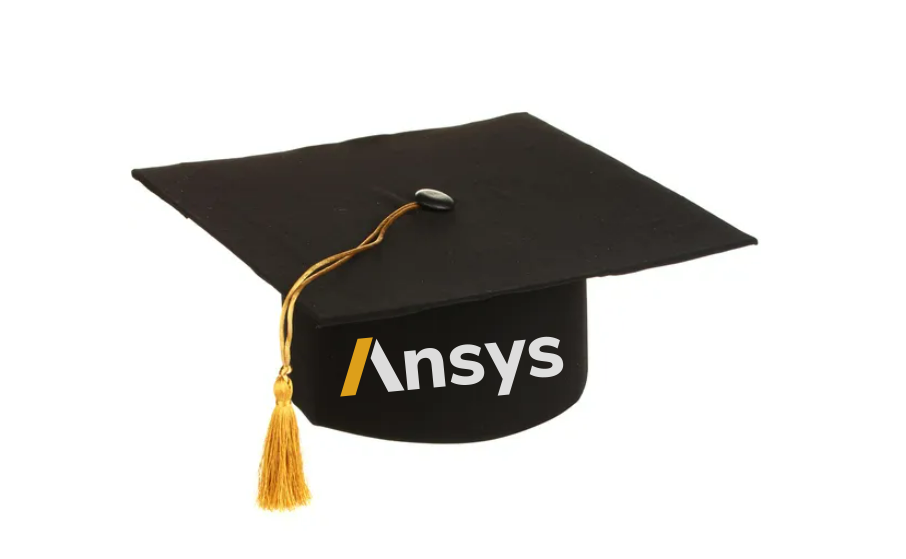LEAP’s expert team recently presented a webinar that discussed the most significant updates in Ansys for educators and academic researchers – with a focus on Fluids, Structures and Electromagnetics across the last 2-3 years. In this post we have provided the recording of this webinar along with a summary of each section – if you would like more information on anything covered here, please contact LEAP.
To begin Joe Liao, Engineering Solutions Manager at LEAP Australia provides an overview of recently added technologies now available in Ansys such as Optics, Photonics, Motor Design, Systems and GPU-based Instantaneous Simulation. Joe also discusses the availability of new teaching materials, learning opportunities for students and recent packaging changes to Ansys’ academic bundles. Watch the clip below to learn more:
Next Dr. Luke Mosse, Senior Application Engineer at LEAP provides an overview of the key enhancements and new features now available in Ansys Mechanical, including:
- Contact shell element scoping
- Beam to beam model for contacts
- Heat flux tabular data
- Geometry import improvements and much more
Watch the clip below to learn more, and for futher information on any of these features or if you have specific questions related to Ansys Mechanical capabilities please don’t hesitate to contact us.
Prof. David Fletcher, Senior CFD Specialist at LEAP then highlighted key new features in Ansys Fluids (Fluent + CFX) that we believe are of greatest interest to our academic customers in Australia and New Zealand; including improvements in usability and Mosaic meshing technology, the new GEKO turbulence model, scale resolving simulations with the new stress blended eddy simulation (SBES) model, multiphase, combustion, a look at the new native multi-GPU solver, plus much more:
Finally, Namratha Nanjaraj, Electronics Application Engineer at LEAP provides an overview of the Ansys Electromagnetics capabilities now available to universities, including:
- HFSS 3D for high-frequency electromagnetics
- Maxwell 3D for low-frequency electromagnetics
- Q3D for parasitic extraction for modern electronics design
- Icepak for electronics cooling
As you can see, Ansys simualtion technology is evolving at a rapid pace and LEAP’s role is to keep our customers (both academic and in industry) up-to-date on the latest technology. In this blog, we have focused on core developments that everyone must be aware of, especially if they are involved in high-level teaching or research at universities across Australia and New Zealand. If you have specific questions related to using Ansys products at your local university, please get in touch with your LEAP account manager, or contact us here.

